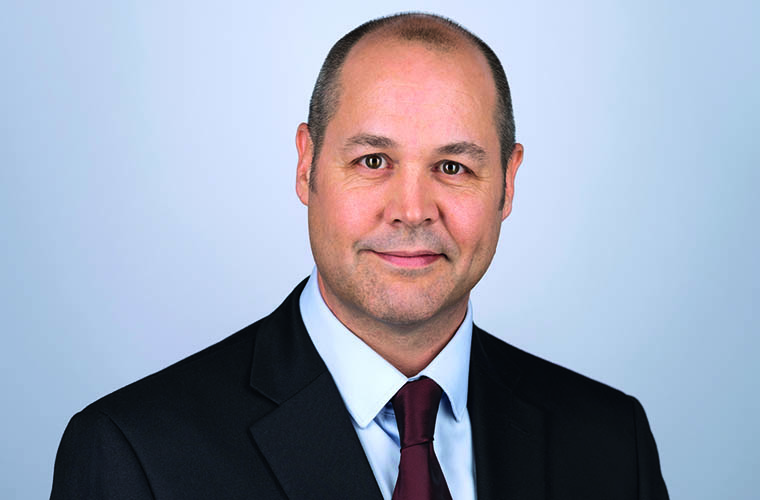A plan for green broadcasting

It’s not easy being green – but we have no choice if we want to have a liveable future
We have been talking about concern for the environment for quite a while. Back in my school days, I learnt about holes in the ozone layer caused by CFCs, and the effects of acid rain. Today, we are seeing climate crises on an unprecedented scale – the bush fires in Australia are a shocking reminder that action is urgently required.
This is particularly important for us in the media industry. Expert opinion says that the environmental impact of the internet is already greater than that of civil aviation: think of all those server farms distributing and routing content. The internet will shortly be 80% video, and as we strive for new formats and quality levels – like 4K and HDR – data rates increase, calling for more processors and disk drives, and more air conditioning to keep them cool.
We have to at least think in terms of sustainability. That can be defined as ensuring we don’t negatively impact on the world to a level that makes it difficult or impossible to recover. This sustainability is central to all the actions of our business.
We always attempt to source our products locally, for example. Our biggest-selling product line – the Image video cable – is manufactured in the north-east of England, minimising the transport needed to get it to our warehouse.
When we do need to import goods, or export material, we first attempt to consolidate the shipments to reduce the number of movements. That means we may have to buy larger quantities to set against future requirements, but it’s one of the changes businesses must make to be more sustainable.

Chris Smeeton: We must all play our part in tackling today’s environmental challenges
We also prefer to send and receive shipments via sea freight rather than air because it is cleaner – not least because ships deal in vast tonnages. Of course, there are customers who want a just-in-time service, and we are happy to work with them, but we also engage in close dialogue with them to predict their requirements, aiming to get sea-borne supplies in the right region at the right time whenever we can. Local stock-holding, like our office in Dubai, helps with the inevitable last-minute purchases.
The materials themselves can also be changed to achieve better sustainability. Using common tooling across a range of connectors reduces waste, for example, and ensuring our suppliers use only compliant, non-hazardous and – where possible – recyclable materials.
We work closely with Sky on its Ocean Rescue project, which aims to reduce our reliance on plastic. As its contribution, Sky plans to invest £25 million in companies, including Argosy, to help us give up plastic for good. As part of this, we helped them redesign equipment racks, incorporating a new cable tray enabling them to use Velcro cable ties rather than single-use plastic ones. We have also come up with a way to use Velcro ties in legacy racks. Small changes, but steps in the right direction.
Expert opinion says that the environmental impact of the internet is already greater than that of civil aviation
This carries through to packaging, too. We have replaced plastic bags with ones made of potato starch. We encourage our suppliers to use the minimum of packaging, which also reduces weight and volume for shipping.
Much of the direct impact of our industry is in power for equipment, and the air conditioning necessary to keep it cool. We are talking to major broadcasters and production companies about power management, ensuring that equipment is only powered up when necessary, and that air conditioning and de-humidifying is set at the right levels at every zone in the plant. Chilling empty space to Arctic temperatures is not just bad for the environment, it is bad for the bottom line, too.
Rather than making everything cold, a greener solution is to manage air flows so heat is naturally carried away from the equipment. We have developed CAD tools to make this a part of rack design.
Broadcasters also need to consider extending the working life of equipment. That means repairing rather than replacing. We work with all the leading outside broadcast companies on repairing fibre cables that get damaged on location. Our clean room facility can splice new connectors onto cables, guaranteeing the same performance as new, but without the waste.
None of these actions, taken individually, have any real impact on a broadcaster’s operations – the equipment works just as well as it always has. And in many cases, it may well have a positive impact on costs.
The inescapable fact is that we must all play our parts in addressing the environmental pressures facing us today. By working with committed suppliers like Argosy, we can maintain the quality and consistency our audiences expect, while making a significant reduction in our carbon footprint.
This article first appeared in the February 2020 issue of FEED magazine.











